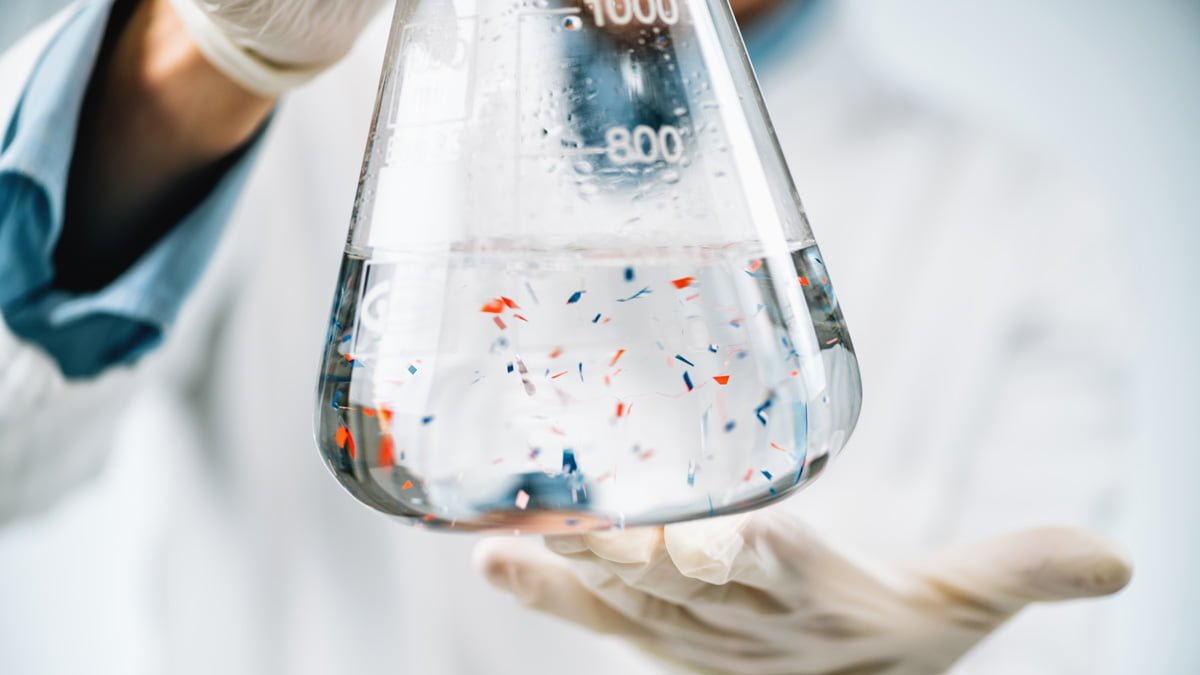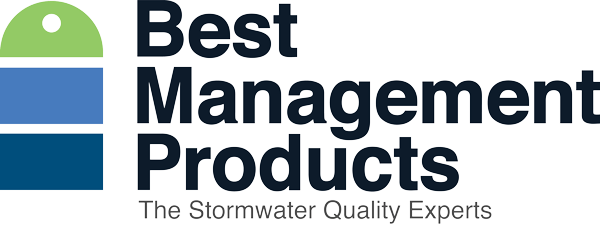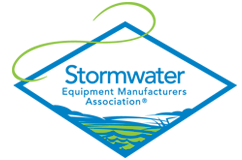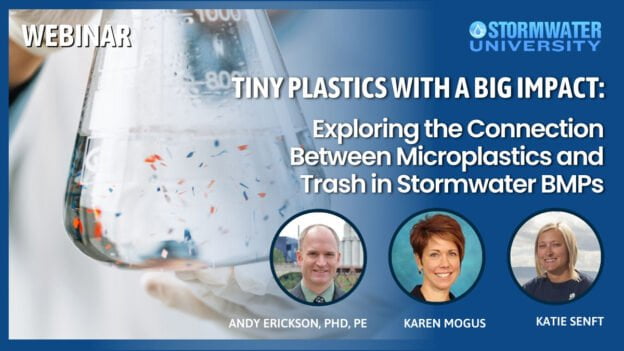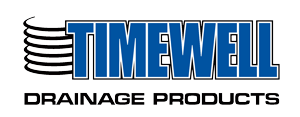Date: December 12, 2023 | 2:00 PM EST/1:00 PM CST
Speakers: Karen Mogus, Andy Erickson & Katie Senft
Credits: 0.1 CEU / 1.0 PDH
Sponsors: AbTech, Aqualis, Best Management Products, ConTech Engineered Solutions
Registration for this webinar is now closed. Click here to watch it on-demand.
This webinar is in partnership with SWEMA.
This webinar will explore the latest research and regulations on plastic trash and secondary microplastics in our receiving waters, including their sources, transport and removal in proprietary and non-proprietary BMPs. Two researchers and a regulator in the field will share their insights: Dr. Andy Erickson, a Research Manager at St. Anthony Falls Laboratory and the University of Minnesota, Katie Senft, an associate specialist, scientific diver, and member of the UC Davis Diving Control Board at the UC Davis Tahoe Environmental Research Center and Karen Mogus, Deputy Director at the California Water Resources Control Board.
What’s the connection between trash and microplastics?
Katie Senft will present findings from her Nevada Division of Environmental Protection (NDEP) and the U.S. Environmental Protection Agency (EPA) funded project surveying microplastics in Lake Tahoe at various depths and within sediment and biota. Using microspectoscopy to trace the origins of these microplastics, her research further explores the connection between anthropogenic trash and microplastics in our receiving waters.
How can we keep trash out of our waterways?
Dr. Erickson will present the results of his research assessing the field performance of surface inlet pretreatment practices for bioretention BMPs. He will focus on the removal efficiency of gross solids like macro-plastic, wooden debris, leaves, and sediment when treated with both green infrastructure BMPs and manufactured pretreatment structures.
Who is leading the way in cleaning up trash in stormwater and what can we learn from them?
Karen Mogus will share a high-level overview of the state of California’s trash control and capture efforts including the current regulations around trash capture BMPs.
Webinar Learning Objectives:
Attendees will be able to define microplastics and describe their sources, explain the fate and transport of trash and microplastics in our receiving waters, discuss the latest research on trash removal through green infrastructure BMPs and manufactured pretreatment structures and understand regulations at the forefront of trash control in stormwater.
This webinar is intended for a wide audience, including stormwater practitioners, environmental engineers, water quality scientists, and policy makers.
About the Presenters
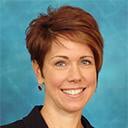
Karen Mogus is the Deputy Director of the California Division of Water Quality. In this role she is responsible for statewide water quality planning, policy development and implementation, statewide permitting, and establishing consistency among the nine Regional Water Quality Control Boards. Prior to joining the Division of Water Quality, she served as the Assistant Deputy Director of the Division of Drinking Water where she directed the development of a regulatory framework for potable reuse of recycled water, worked to address drinking water quality issues in disadvantaged communities, and led the review of the state’s environmental laboratory accreditation program. She also has served as Director of the State Water Board’s Office of Information Management and Analysis and spent 10 years at the Central Valley Regional Water Board working on a variety of water quality control and assessment programs.
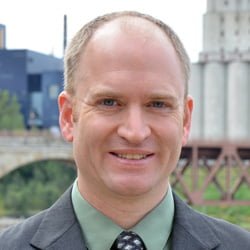
Andy Erickson, PhD, PE, is a Research Manager at St. Anthony Falls Laboratory and the University of Minnesota and registered professional engineer in Minnesota. Dr. Erickson’s research pursues an understanding of water quality in urban and agricultural watersheds, assessment and maintenance of stormwater treatment practices, and developing new stormwater treatment technologies such as the Iron-Enhanced Sand Filter. Dr. Erickson is lead author for the book, “Optimizing Stormwater Treatment Practices: A Handbook of Assessment and Maintenance,” and the editor of the University of Minnesota stormwater newsletter, UPDATES to approximately 1900 email subscribers, and leads the Minnesota Stormwater Seminar Series for approximately 170 stormwater practitioners per month.
Dr. Erickson will present the results of his 2019 research assessing the field performance of surface inlet pretreatment practices for bioretention. Specific to this webinar, he will focus on the removal efficiency of gross solids like macro-plastic, wooden debris, leaves, and sediment when treated with both green infrastructure and manufactured pretreatment structures.
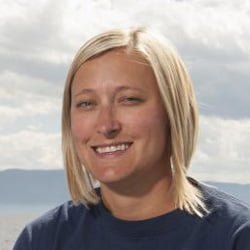
Katie Senft is an associate specialist, scientific diver, and member of the UC Davis Diving Control Board at the UC Davis Tahoe Environmental Research Center. During the past 10 years, she has worked on various projects from monitoring water quality and nearshore algae growth to researching a new and novel approach to restore the lake’s clarity by removing the invasive mysis shrimp. The ability to observe the lake on an intimate level has inspired Katie’s most recent work focusing on microplastics in Lake Tahoe.
Katie will be presenting findings from her 2019 Nevada Division of Environmental Protection (NDEP) and the U.S. Environmental Protection Agency (EPA) funded project surveying microplastics in Lake Tahoe at various depths and within sediment and biota. Using microspectoscopy to trace the origins of these microplastics, Katie’s research further explores the connection between anthropogenic trash and microplastics in our receiving waters.
Sponsored by
Produced in partnership with


